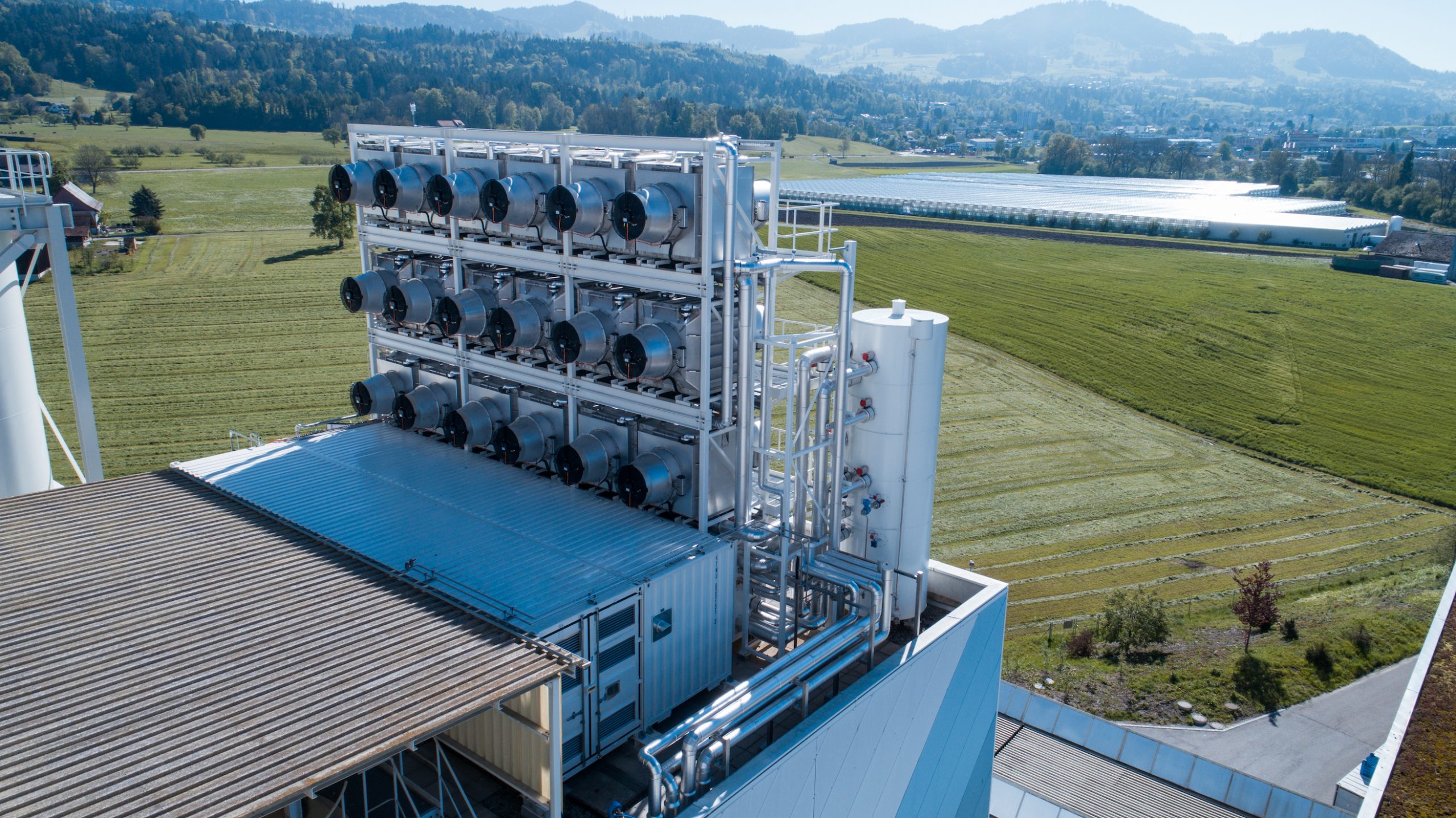May 2019 – The Rhodium Group published Capturing Leadership: Policies for the US to Advance Direct Air Capture Technology, which projected that global emissions need to reach net-zero between 2045 and 2055 to limit global temperature rise to 1.5 degrees Celsius.
March 2020 – The Department of Energy (DOE) announced $22 million for supporting research on direct air capture.
May 2020 – The Treasury Department and the Internal Revenue Service issued proposed regulations to help businesses understand how legislation passed in 2018 may benefit those claiming carbon capture credits.
Today –
Direct air capture technology is commercially ready for deployment. Companies have proposed at least 30 carbon capture projects to date. There are hundreds of millions of dollars of investment ready to deploy and commercialize direct air capture technology. However, deployment will only occur with federal policy action both in the near and long-term.
Up until now, there were little to no financial incentives to capture carbon emissions. Companies can now receive up to $50/ton of carbon captured and permanently stored underground. Projects can now start, and the sooner the better – previous research from the Rhodium Group found that 689 – 2,260 million tons of capture capacity is necessary to achieve net-zero emissions by 2050. Additionally, these projects need to begin construction before 2024 to claim the tax credit. In the current circumstances, it is unclear how many carbon capture projects will get built.
Regardless, start on the path to reach net-zero emissions, we need to start efforts to construct direct air capture projects. Not only do these projects have environmental impact, but they will also help create more jobs in the economy.
About The Author

Daniel currently works at Lawrence Livermore National Laboratory. His original assignment was to maintain and update facility safety documentation for all facilities on-site, and perform risk analysis. Over time, his role has expanded to leading continuous improvement efforts through product management.
Concurrently, Daniel volunteers with Techstars, helping organize startup weekends, and with the American Institute of Chemical Engineers, organizing events on the local and national levels of the organization. He also volunteers with One World, and previously with Powerhouse Ventures, to source and screen startups for potential investment.
Daniel holds a BS in Chemical Engineering from UC Davis, and recently completed coursework in energy innovation from Stanford. His passion is at the intersection of sustainability, innovation, and business.

